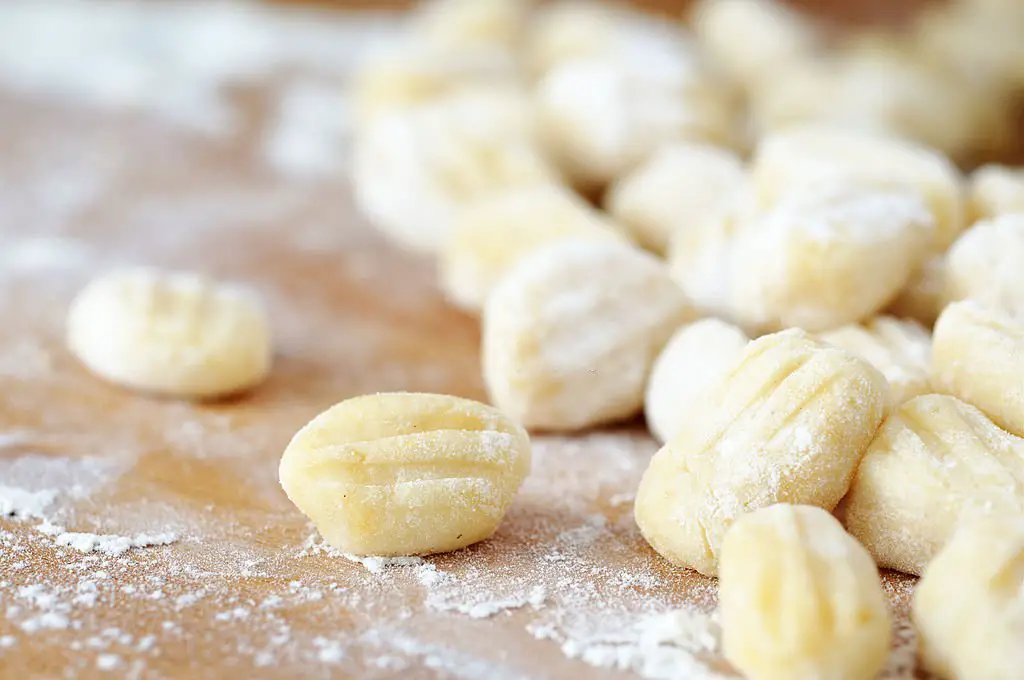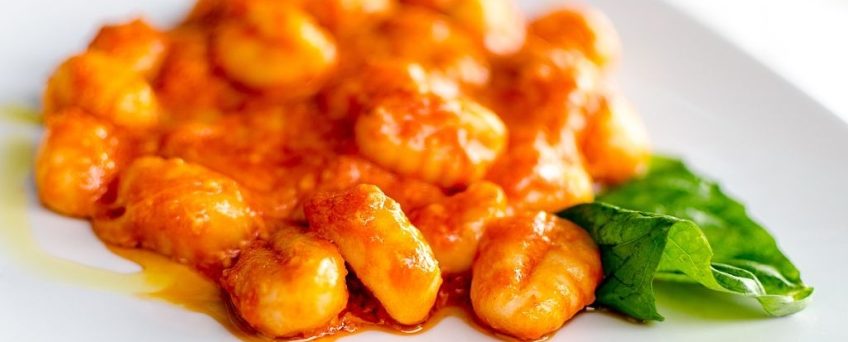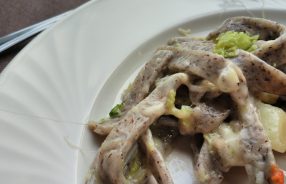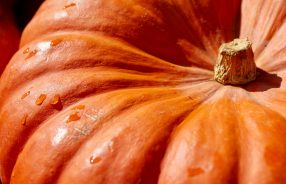The History Of Gnocchi
Gnocchi are a very iconic type of dumpling in Italian cuisine, very delicious and with many variations. They are small lumps of dough most traditionally composed of a simple combination of wheat flour, egg, salt, and potatoes. There are lots of variations of gnocchi, some using semolina flour, cheese, day old breadcrumbs, or cornmeal. There are also recipes going far above and beyond the traditional ingredients, where the base is changed with completely different ingredients, though at the end of the day, they still qualify as gnocchi, just not traditional gnocchi.
Gnocchi are first boiled in water or broth, and then they are mixed with various sauces depending on the traditional regional recipe.
Today we will look at the history of how Gnocchi became a staple food in the Italian cuisine.
The first written reference to gnocchi, as we know them now, was found to be in the second half of the 1800s, a time in which potatoes were used as the base for the dish. They were typically served with ragù or “in bianco” (literally: in white) with melted butter and cheese. This base version of gnocchi originated when the first potatoes from America were imported into Europe.

A different version of gnocchi was invented in the renaissance markets in the Lombardy region, and the base was made with breadcrumbs, milk, and ground almonds. This version was known as “zanzarelli”. An irresistible sauce is made with Gorgonzola cream.
Zanzarelli were known to be of many colors, given by using different ingredients in the base such as:
- Green zanzarelli: with chard and spinach.
- Yellow zanzarelli: with pumpkin or saffron.
- Orange zanzarelli: with carrots.
- White zanzarelli: with ground chicken.
In the seventeenth century, however, they underwent a slight change in their name and preparation. They were called “malfatti” and instead of almonds and bread, they were made using flour, water, and eggs. Those of flour and potatoes originated in Campania and represent one of the numerous first courses prepared for the holidays.
In the city of Rome, gnocchi are prepared on Thursday, as their traditional saying goes something like this: “Thursday gnocchi, Friday fish, Saturday tripe”. Thursday is regarded as a day of eating well, meanwhile, the next day is seen as more of a leaner day.
In Campania, where the tradition is deeper, they are called” Strozzapreti” which translates to “priest stranglers” because of their elongated shape. The traditional day, in this case, is Sunday: topped with Neapolitan ragù and mozzarella and subsequently baked au gratin, they give rise to the recipe for “Gnocchi alla Sorrentina“.








